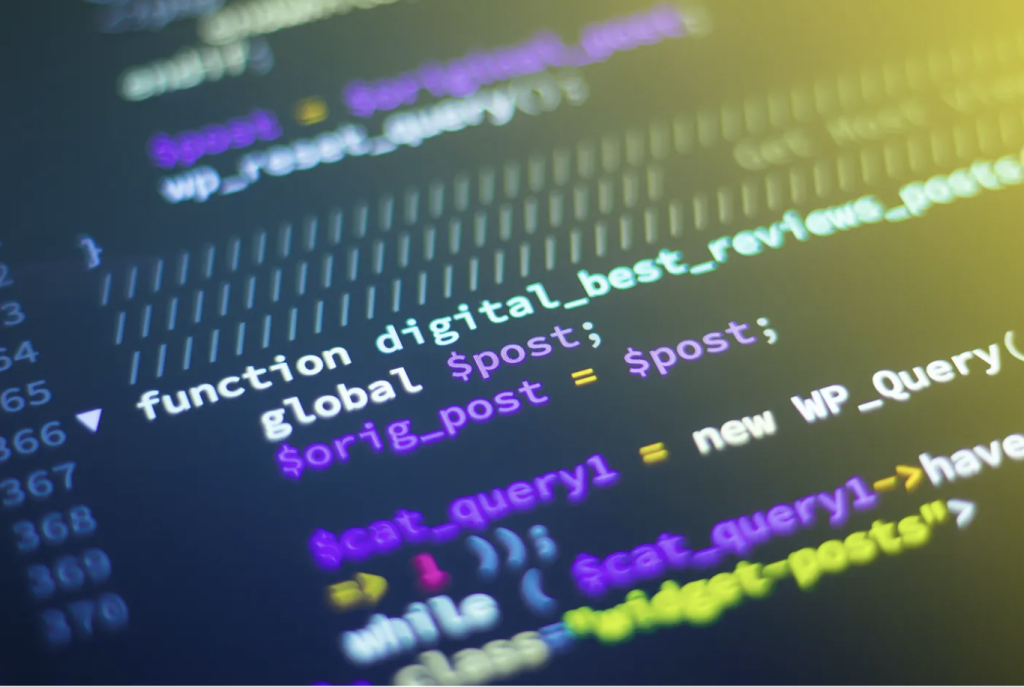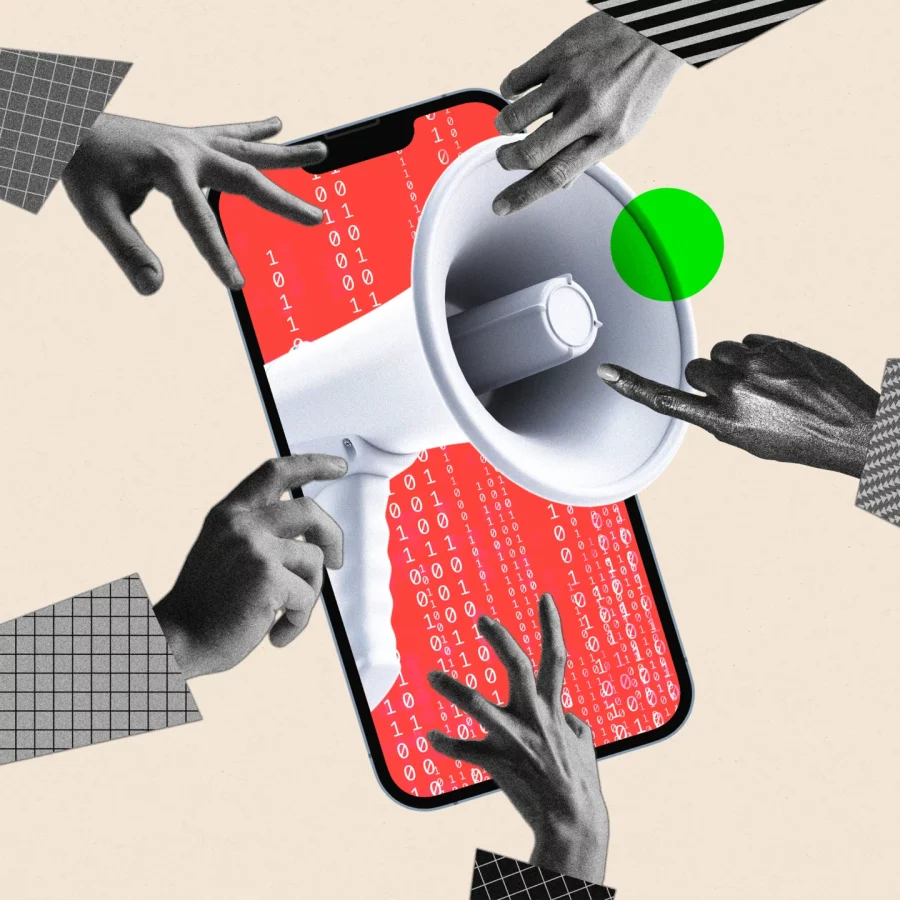In the era of traditional media, newspapers and TV stations decided what news was worth reporting through the professional analysis of journalists and editors. While this way ensures the diversity and value of news, it also gives the media a level of control. However, with the rise of social media platforms, the way we access information has changed dramatically. Today, algorithmic recommendation systems monitor the content users like and decide what they see. The power of control transferring from news institutions to tech companies. This shift has introduced a new pattern of information dissemination and raised concerns about the phenomenon of ÔÇÖinformation bubblesÔÇś.

The main goal of the algorithmic recommendation system is “personalization”. By analyzing the user’s interests, browsing history and interactions, it recommends the content that is most possibly win the user’s attention. A typical example is social media Newsfeed feature. Studies have shown that algorithms will prioritize content that users have previously “liked” or “engaged in”, gradually reducing content that differs from their own views. This mechanism subtly shapes the user’s worldview, making them accustomed to only seeing the views they agree with. This algorithm-driven way of obtaining information leads to the “information bubble” effect, where users are trapped in a limited information loop and have difficulty in being exposed to different views.
Algorithmic recommendation technical play a vital role in information dissemination, but they also bring some problems. While enjoying personalized information, have people unknowingly lost the ability to think independently? As users, we should perhaps be more proactive in seeking diverse sources of information to avoid being constrained by algorithms to a single perspective. At the same time, technology companies should also assume social responsibility when designing algorithms and find a balance between personality and information diversity.
Medium Theory emphasizes how media, as an “invisible force,” influences human thinking and social structure. This theory goes beyond the superficial meaning of content and focuses on the profound impact of the media form itself.


